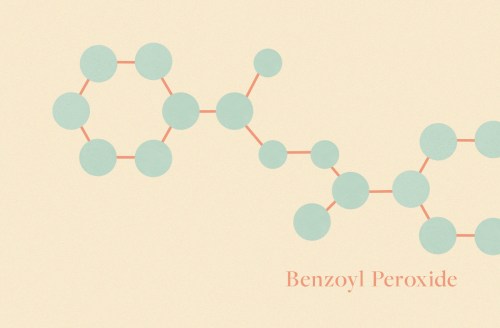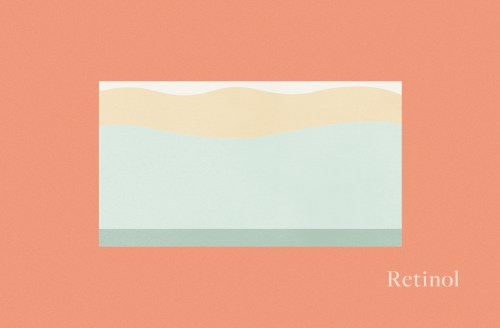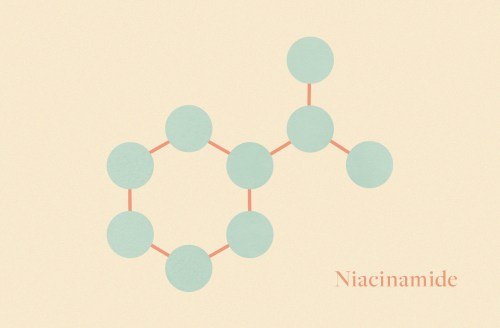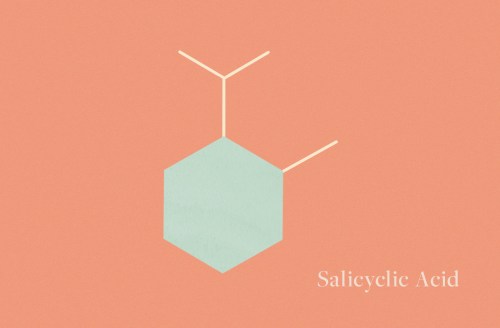These 4 ingredients are the only ones you need to stop acne in its tracks
Skin-care pros spil on the four best acne ingredients that you can buy over the counter to stop breakouts in their tracks.

When you’re dealing with acne, it can be tempting to pile on as many zit-zapping ingredients as possible in the hopes that they’ll come together to magically banish your breakouts. You need them to work fast, and logically a “more-is-more” approach seems like the best way to get the job done. But in reality, that’s not quite the case. Contrary to what you might think, the best way to treat pimples actually isn’t by going full throttle with every anti-acne product in your arsenal. Instead, it’s about trusting only the best-of-the-best acne ingredients, and using them properly to get tried-and-tested results.
The magic number, according to dermatologists? Four. From a product standpoint, that’s generally all it takes to clear your pores, fight inflammation, and stimulate cell turnover in order to get rid of your current breakouts and fend off future ones. Of course, some situations are more serious than others, and may require attention from a dermatologist to deal with. If the over-the-counter stuff just isn’t doing it for you, be sure to schedule an appointment with a doc. In the meantime, scroll through for the best acne ingredients to stock your arsenal with—your breakouts don’t stand a chance.
The four best acne ingredients, according to dermatologists

Benzoyl peroxide is known to be the most effective OTC acne treatment out there—you probably know it well from the ingredient label of nearly every pimple product you’ve ever used. It lowers the levels of acne-causing bacteria in your pores, otherwise known as propionibacterium acnes (or p.acnes for short). It also reduces inflammation, which means those big, angry zits are no match for the stuff. Layer it on top of a pimple by way of a spot treatment and let it sit overnight for best results. And one thing to be aware of? Benzoyl peroxide, like many other acne-quashing ingredients, is known to be drying, so be sure to use plenty of moisturizer alongside it.
This Parisian Skincare Brand Is Launching in the United States for the First Time—Here’s What a Derm Wants You to Know

We’re Calling It: Cleansing Balms Are the Face Wash of the Future—Here Are 3 to Add to Your Cart

This Is the One Product That Scarlett Johansson Always Keeps in Her Purse and on Her Bedside Table


Retinoids are the gold standard of acne treatments, thanks to their ability to stimulate cell turnover, a process that brings healthy cells to the skin’s surface and pushes the old dead ones off. “For acne-prone skin, speeding up cell turnover can help unclog pores because a lot of what’s actually clogging your pores is that old, dead, skin, and if you make that happen a little bit faster, it helps open those pores,” says Jason Miller, MD, a New York City dermatologist. “You’re getting so much of this extra gunk collecting in the pores that it builds up, and you need to clear things up and get those layers of clogged keratin, or dead skin cells, out of those pores.” There are varying potency levels of the active ingredient, from the over-the-counter options like retinol and adapalene, to the stronger stuff like tretinoin (which you might know by its generic name, Retin-A) that usually needs to be prescribed to you by a doctor.

When you’re dealing with acne, the pimples themselves are really only a small part of the problem. In most cases, you’re also facing irritation and inflammation, plus the potential for scarring once the active breakout has cleared. That’s where niacinamide comes in. “Niacinamide is an antioxidant derived from vitamin B3 that fights acne while keeping inflammation and dark spots at bay,” says Curology founder and board-certified dermatologist David Lortscher, MD. The ingredient is also known for its ability to brighten skin and increase barrier function, while also supporting healthy collagen stimulation. And unlike the other ingredients on this list, it’s gentle enough to be used on all skin types (yes—including sensitive), and won’t leave you dry and peeling.

Dr. Pimple Popper once called salicylic acid her “favorite” acne-fighting ingredient, so you know it’s legit as far as zit care is concerned. This particular beta-hydroxy acid crystallizes into a small enough size that it’s able to get deep down into your pores and clear them from the inside out, getting rid of all that dirt, oil, and debris that could be hiding in there and causing your zits. It packs the additional punch of being an exfoliating acid, so it also helps to even skin tone and do away with dark marks and scarring from old breakouts.
In addition to adding these ingredients to your arsenal, this is the single most important thing a dermatologist wants you to know about treating acne. Plus, the five questions Dr. Pimple Popper gets asked all. The. Time.







